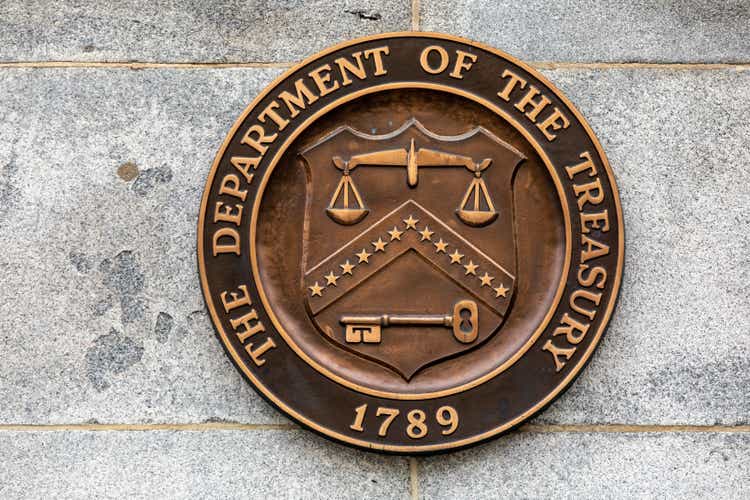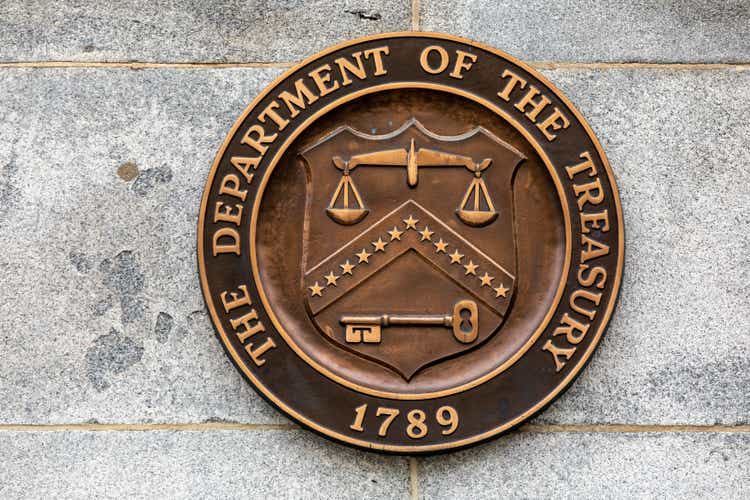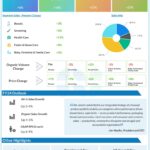
JTSorrell
The U.S. 10-year Treasury yield (US10Y) on Wednesday surged to its highest level since late-July 16 years ago, while also setting a new peak in 2023 after hitting a session high at 4.93%.
The gains came amid an extended sell-off in bonds sparked by a much higher-than-anticipated retail sales report published on Tuesday. In fact, October’s economic calendar has also delivered hotter-than-expected data on the labor market and on inflation, leading to bets that the Federal Reserve would need to hike rates at least one more time this year.
Fixed-income markets have been especially volatile this month. Only ten days ago, the US10Y had hit a then yearly-high of 4.89%, after which it pulled back significantly last week amid dovish comments from Fed speakers that essentially equated the jump in yields in 2023 to another rate hike.
“There are a number of reasons why the 10-year yield (US10Y) has moved up steeply since the first quarter of 2022,” Wells Fargo Investment Institute’s senior global market strategist Scott Wren said in a research note.
“As the Fed moved interest rates higher starting in March 2022, the economy performed better, and market participants slowly came to grips with the theme that inflation would likely be higher for longer than many had anticipated. Higher growth along with higher inflation tended to push Treasury yields up, at least initially and especially from very low levels,” Wren said.
“More recently, near-term inflation expectations have ticked up, according to recent surveys. Also, the large amount of U.S. government debt the Treasury department is set to issue in the coming months and beyond to fund spending has weighed on prices as investors have required higher yields as bond supply increases noticeably,” Wren added.
Other longer-end maturities also rose on Wednesday, with the 30-year yield (US30Y) up 7 basis points to 5.02% and the 20-year yield (US20Y) up 8 basis points to 5.26%. The more rate-sensitive shorter-end 2-year yield (US2Y) was unchanged at 5.22%.
See live data on how Treasury yields are doing across the curve at the Seeking Alpha bond page.
“Amid high inflation, increased Treasury supply, and a tight labor market, duration is not appealing. 10-year yields might test and break above 5% before November’s FOMC meeting,” Althea Spinozzi, senior fixed income strategist at Saxo Bank, said on X (formerly Twitter) on Tuesday.
As a proxy for yields, investors can look to Treasury-focused exchange traded funds (ETFs) with varied maturity dates. Listed below are a handful of funds that can be followed (increases in yields usually mean a decline in prices for Treasury ETFs, as prices and yields move in opposite directions for bonds):
- Direxion Daily 20+ Year Treasury Bull 3X Shares (TMF)
- iShares 20+ Year Treasury Bond ETF (TLT)
- SPDR Portfolio Long Term Treasury ETF (SPTL)
- Vanguard Long-Term Treasury ETF (VGLT)
- iShares 10-20 Year Treasury Bond ETF (TLH)
- iShares 7-10 Year Treasury Bond ETF (IEF)
- iShares U.S. Treasury Bond ETF (GOVT)
- Vanguard Intermediate-Term Treasury ETF (VGIT)








